NBY Publishes its Interim Financial Statement [Archives:2001/35/Reportage]
Last Wednesday, August 22, 2001, His Excellency Prime Minister Abdel-Qader Bajammal and Her Excellency Barbara K. Bodine, USAmbassador to Yemen, laid the corner stone of the construction of Phase of II of the Al-Syla water passageway in the city of Sana’a. The Sayla is an important water diversion system in the Old City, which helps to control flooding during the rainy seasons.
Ambassador Bodine then went on to inaugurate several maqshamah in the Old City of Sana’a which are being restored to their former agricultural function, Ahmad Mohammad Al-Kholani, mayor of the city of Sana’a, Ali Mohammad Al-Al-Anesi, of the Presidential Office, Kasem Al-Agen, Minister of Endowments and Guidance, Abdul Raman Tarmmoum, Acting Minister of Planning and Development, Mohammad Hussein Jagman, Executive Director for Preservation of the Historical Cities, Mutahar Taqi, Chairman of the General Authority of Tourism, Jamal Sharhan, General Director of the Federation of Chambers of Commerce, and Abdullah Al-Shamhazi, Chairman of the Board for NGO Coordination were among the Yemeni officials who thanked the Ambassador for her Government’s contribution to restore the maqshammah in the Old City to their former glory and agricultural productivity .
Both the Al-Sayla and the Maqshammah projects are being financed through proceeds from the US Department of Agriculture’s 416 (b) Food Aid Donation to Yemen totaled $ 14.2 million in 1999 and $ 27 million in 2000. The Ministry of Planning and Development, in cooperation with the US Government is obliged to distribute the proceeds from the program to carry out community driven projects designed to relieve poverty, improve health and educational services, and the preservation of Yemen’s cultural heritage. Over 100 projects were financed through 416 proceeds in 1999 alone, including the construction of six orphanages, over fifty schools, several city and village sewerage systems, several health clinics, water catchments reservoirs, restoration of the library at the National Museum, and paving of rural roads.
Revenues from the USDA 416(b) year 2000 program are being used to complete Phase II of the Al-Sayla Project in the city of Sana’a, to construct a road in the agricultural area of Ba’ajel-Al-Kadan-Ad Dahi in Hodiedah Governorate, to build 200 schools throughout Yemen, and to implement several other smaller cultural heritage and social services projects, including continued restoration of Maqshammah.
In Sana’a, community leaders recognized the value of the Maqshammah to the cultural heritage of the Old City and sought funds to preserve these green areas. The Social Fund for Development, which is one of two implementing agencies for projects financed from 416(b) program, reserved $500,000 for the project which includes clearing the areas of garbage, building retaining walls and fences, and improving their surroundings. The SFD is also restoring the water irrigation system and providing assistance to the gardeners in planting crops. Nine Maqshammah have already been restored or in the process of being restored under the U.S funded program. Work had been completed in Dawood, Al-Washali, Jamal Al-Din, Al-Jala and Ibn Al-Hussein, while Musa and Khadheer are still under implementation. Restoration of the Maqshammah Maad and Al-Dare Al-Jadeed will begin in the near future.
The Maqshammah are an integral part of the Old City of Sana’a, located adjacent to nearly every mosque. Maqshammah are usually an endowment to mosques and cared for by a Qasham, or gardener. The gardeners use water from a well on the land to provide the mosques water for ablutions and then divert the used water to the garden for irrigation. The gardeners grow vegetables such as chives, onions, garlic, and parsley and fruits such as blueberries, figs, pecans, peaches, and citrus on the Maqshammah as a source of income for their families. In the past, Maqshammah were the primary source of the fresh of agricultural products for households in the Old City of Sana’a. They were carefully tended to do so as to provide the residents of the Old City green space and pleasant views throughout the year.
Beginning in the 1980s, the shallow wells of the mosques began to dry up as water usage depleted the Sana’a water basin and the ground water level dropped. The Maqshammah did not receive sufficient water and the gardens began to disappear and became convenient contributions to deposit garbage. Additional housing construction in the Old City further contributed to the decline of the Maqshammah.
——
[archive-e:35-v:2001-y:2001-d:2001-08-27-p:./2001/iss35/report.htm]

